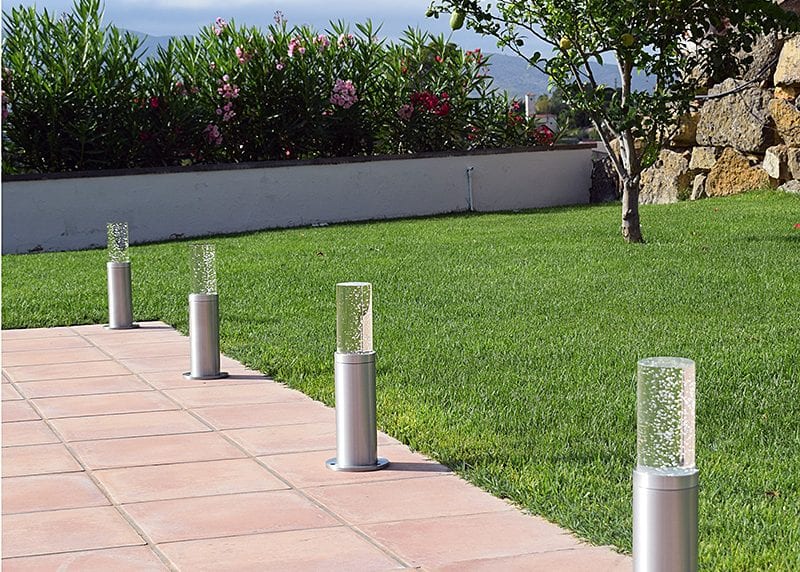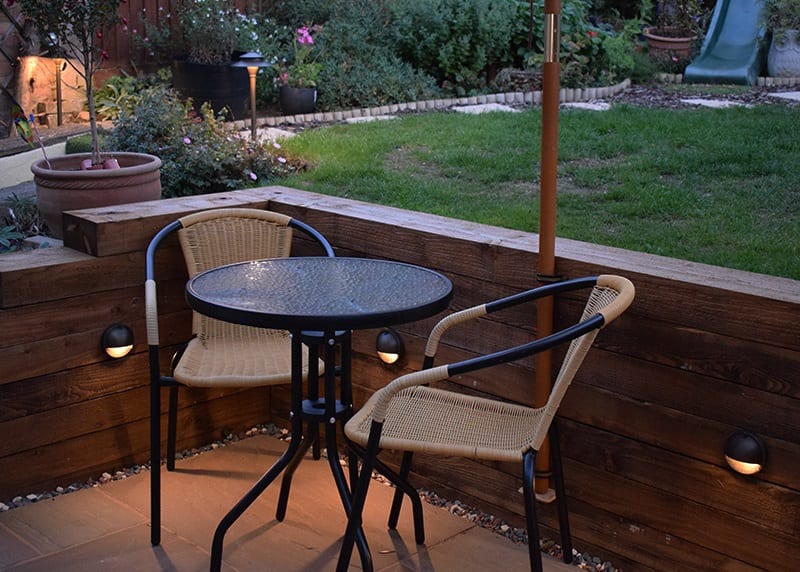Installation of 12V Lighting
A very important reminder within this outdoor lighting installation guide is that Lumena 12V lights must be wired in parallel. If you are unfamiliar with parallel circuits, we like to compare them to a ring road. Imagine a road leading up to a roundabout, this would be the power cable leading to the splitter. Like a roundabout, the splitter has multiple exits. Each exit will lead to the next place, either your final destination (a fitting), or another splitter, where the same rule applies.
When installing low voltage light fittings, a transformer is required. First, you will need to determine what size transformer is required based on the load to power. You will need the wattage of the lamps to power up and the total number of fittings. Multiple the two together to calculate the total load. For example, 3 fittings, each using a 5W bulb (3 x 5) = 15W. Therefore, a transformer exceeding this wattage is required, in this case 20W, also known as 20VA. For optimum performance, a transformer should ideally be loaded at between 50-80%.
They can power less but if underloaded you may find that the the lamps do not last as long as expected, plus it is unnecessary additional expense. Equally, a higher load can be powered, however we recommend leaving around 10% to allow for power surges, start up current and also discrepancies in lamp wattage. A transformer must not be overloaded or the transformer will overheat and fail.
All cable joins must be 100% watertight. Accessories such as waterproof junction boxes, in-line connectors / plugs and heat shrink can be used – Wiring Instructions Available Here. Junction boxes can also be filled with a resin sealing compound such as Wiska Magic Gel for additional protection to connections. The number of fittings on one circuit should be kept to a minimum and cable runs kept a short as possible to prevent possible loading and voltage drop issues.
It is important that manufacturers guidelines are followed when installing 12V garden light fittings.


